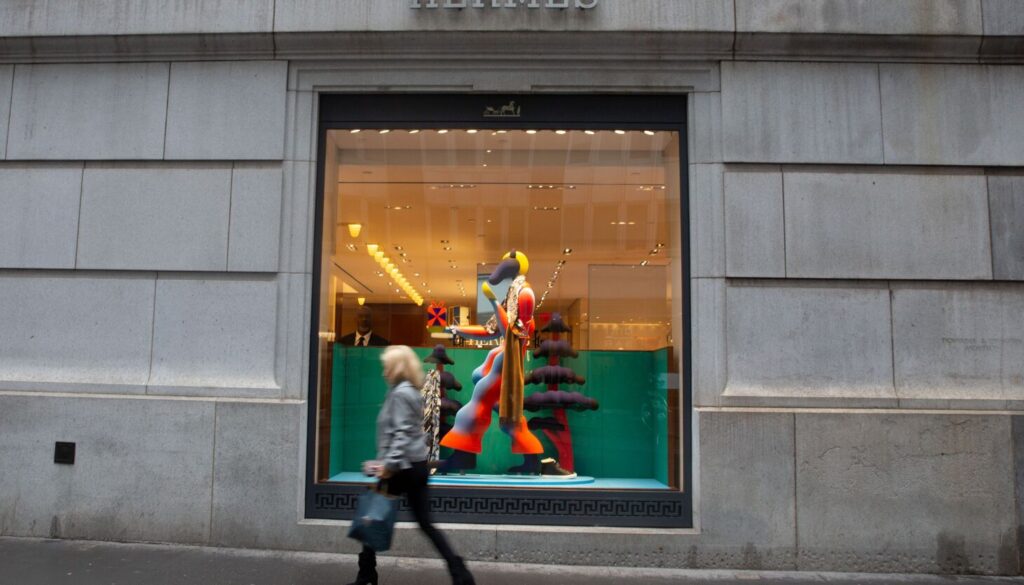New York City’s economy survived the pandemic shutdown in 2020 because an unprecedented increase in jobless benefits buoyed households. The city avoided a fiscal crisis because a surge in capital gains for the richest taxpayers bolstered income tax collections.
But the income and tax liability data released by the city Independent Budget Office (IBO) Tuesday also revealed some darker news: the number of New Yorkers making between $150,000 and $750,000 declined by almost 6% between 2019 and 2020 — and the number of those making more than $750,000 dropped by almost 10%.
The loss of high-income taxpayers coincided with the worst of COVID. Whether it also indicates a flight from New York by high-income individuals moving to escape New York’s highest-in-the-nation tax rate remains a source of great controversy.
What is not in dispute is that the richest New Yorkers pay most of the income tax the city collects. The 41,000 filers in the top 1% pay just over 40% of all income taxes. The 450,000 in the top 10% contribute almost exactly two-thirds of the city’s income tax revenue. The remaining 3.3 million taxpayers pay the final third.
“Based on the IBO numbers, my rough calculation would be that capital gains alone generated between $550 million and $600 million in city tax revenue,” said E.J. McMahon of the Empire Center for Public Policy, a policy think tank in Albany. “That’s why the share paid by the top 1% was up” for the first time in three years, he said.
The pandemic’s impact on the city is clear from the data.
Wages for New Yorkers plunged by $20 billion, to $240 billion, during 2020 — with the biggest hit for those making less than $50,000, whose paychecks plunged by 20%. The gap was filled by the $22.3 billion in additional unemployment benefits authorized in the pandemic aid bills passed in Washington.
While the safety net kept lower-income New Yorkers afloat, the booming stock and bond markets boosted the assets of the wealthiest in the city. Capital gains — the profit realized by the sale of stocks, bonds, real estate or other assets — for the top 1% soared by $14 billion in 2020, to $60 billion, a third greater than in 2019.
The most eye-opening number in the IBO report is a precipitous decline in the number of tax filings by the richest New Yorkers.
The IBO says the decline may not be a sign that rich New Yorkers are leaving.
The office detected a jump of 20,000 filers who reported negative income. The IBO speculates these were primarily businesspeople who had likely reported substantial income in the previous year.
Additionally: Ultra-rich taxpayers, making more than $10 million annually, increased by about 150, to 1,900.
About half the decline in the number of high-income New York City residents was offset by an increase of the same group in the rest of the state, said Nathan Gusdorf, executive director of the Fiscal Policy Institute. “This likely reflects city residents moving to the suburbs and upstate during the pandemic,” he added.
Others disagree with that interpretation.
“This is an ominous trend that tracks state tax return numbers on the increase in high earners who are leaving New York,” said Kathryn Wylde, president of the Partnership for New York City.

